The B band has roamed in the area between Interstate 94 and the south side of the park's loop road for decades, but because of their insistence on remaining in their territory and an apparent inability of stallions from other parts of the park to gain any mares in that area, the band had suffered from inbreeding more than the bands that intermingled in the rest of the park. Several of the Interstate band were culled over the years because of obvious conformation faults. In the 2000 roundup, Interestate Blue was removed because he had been the band sire for several years and produced many offspring.
In the spring of 2001, Little Sorrel, a young bachelor son of a stallion that had run in the interior of the park, collected most of the remaining mares in that area and also acquired some of the mares that remained from his sire's band. Another young stallion, originally from the Interstate band, that had run on Johnson Plateau until he was strong and mature enough, picked up mares from those same bands and established his own small band in the same area but farther to the west. Gary, a gray, became the patriarch of the gray, N band, which is often referred to by the park personnel as the "Caspers." The Rose Gray Mare and Ghost are two of the oldest mares in the park.
Little Sorrel now has the largest band in the park (18), consisting of two older mares, Grandma Roan and Tanker, two younger mares, Trouble's Girl and Gary's Gray, and generations of their offspring. The lead mare, Grandma Roan, is getting old, but still produced some of the nicest foals in the band. Her striking bay roan stud colt is one of the five new foals this year.
Subscribe to:
Post Comments (Atom)


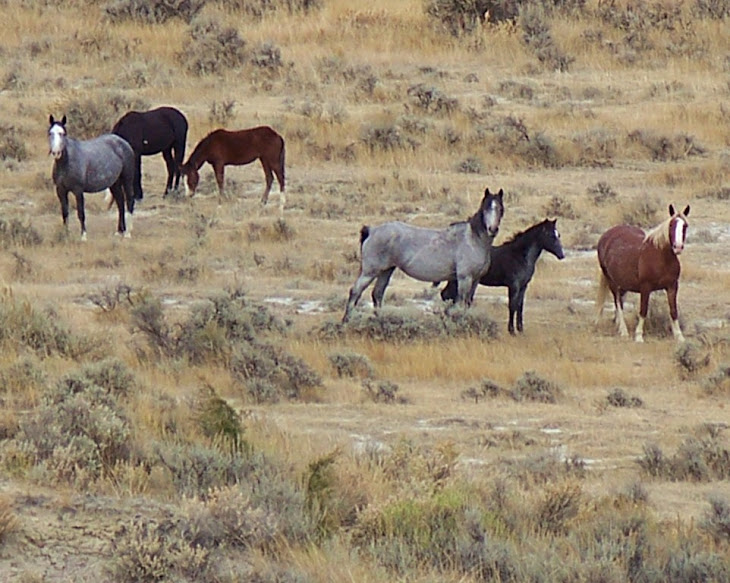
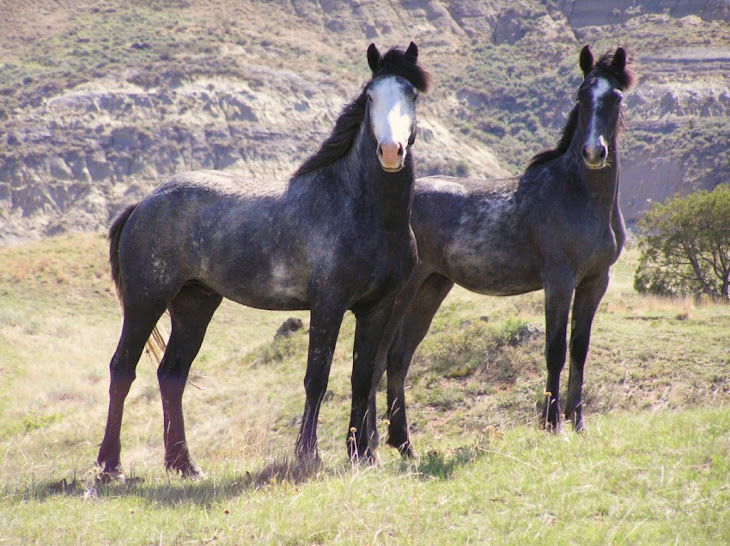









































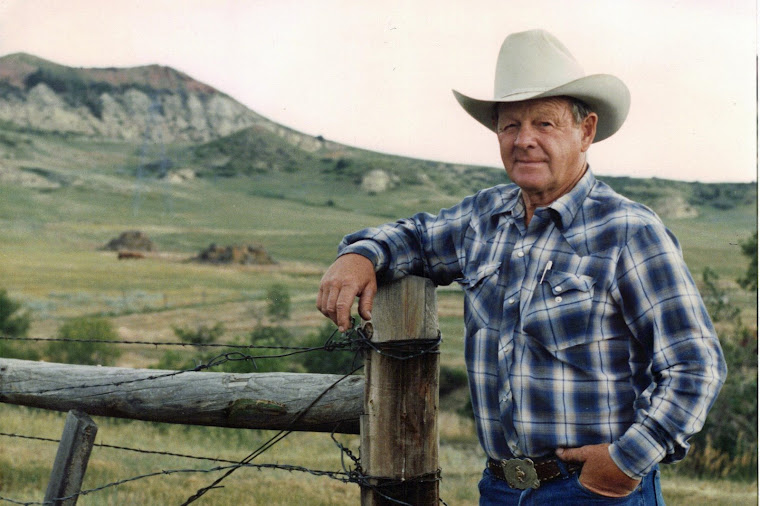
























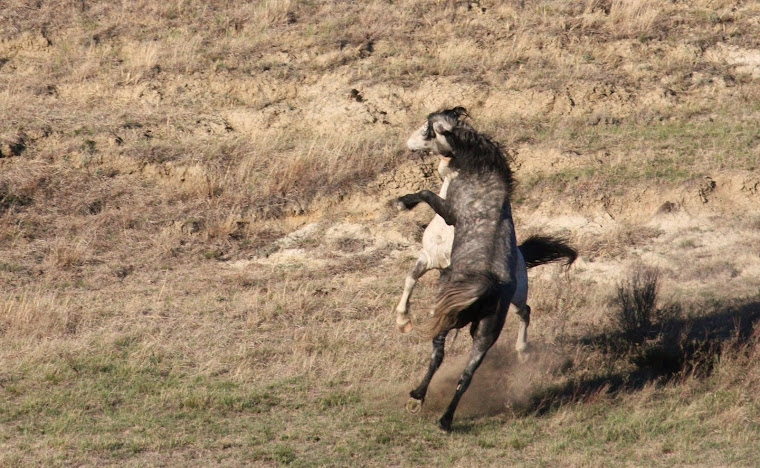













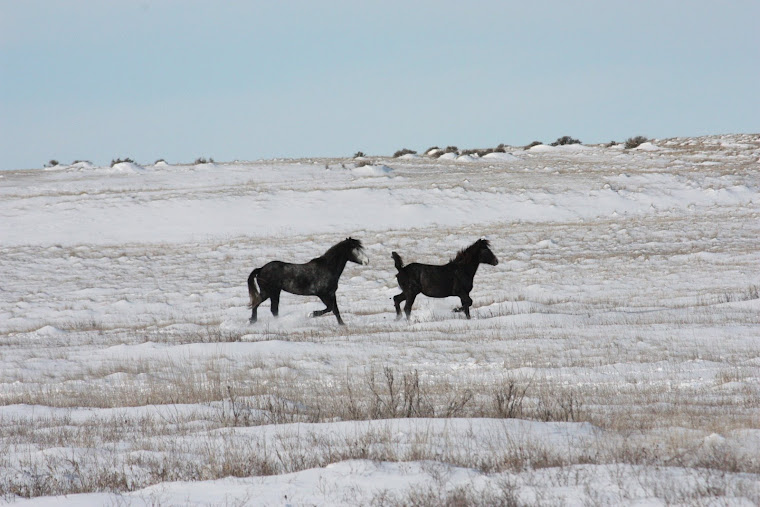
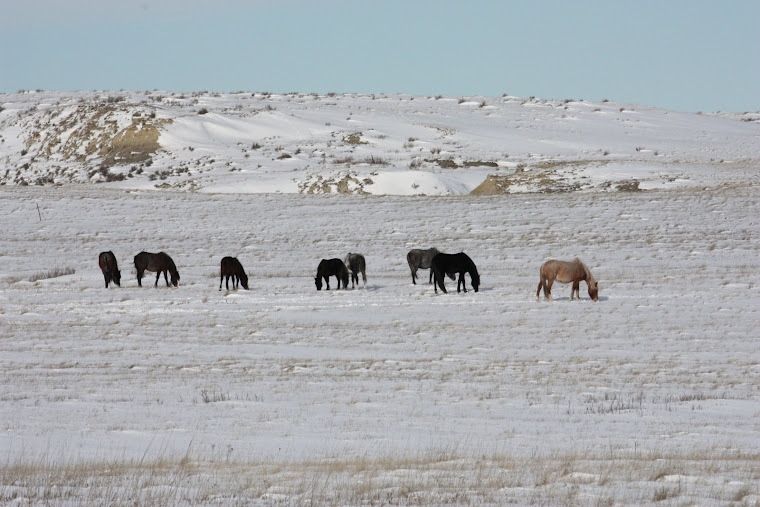
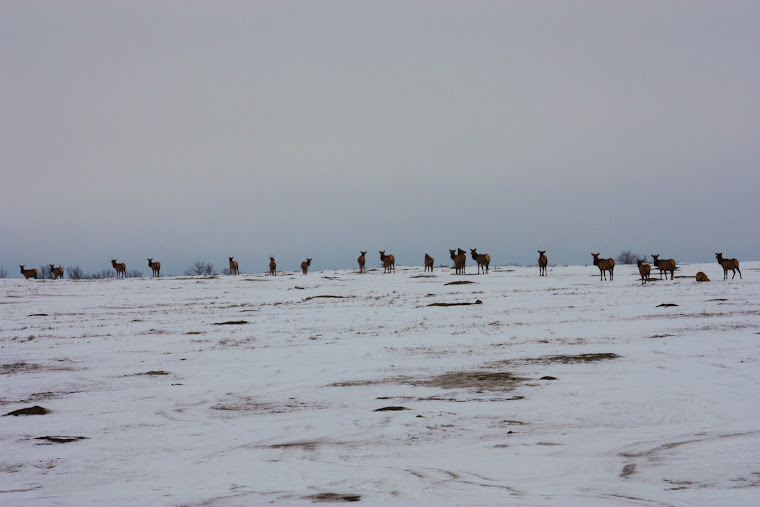
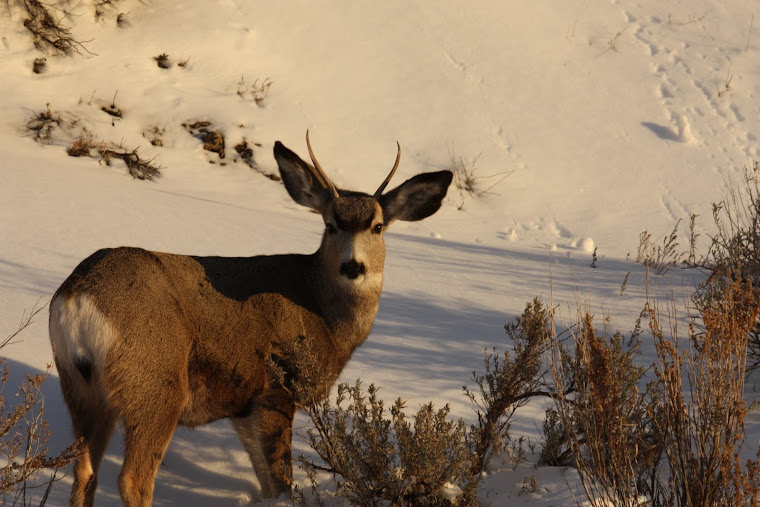





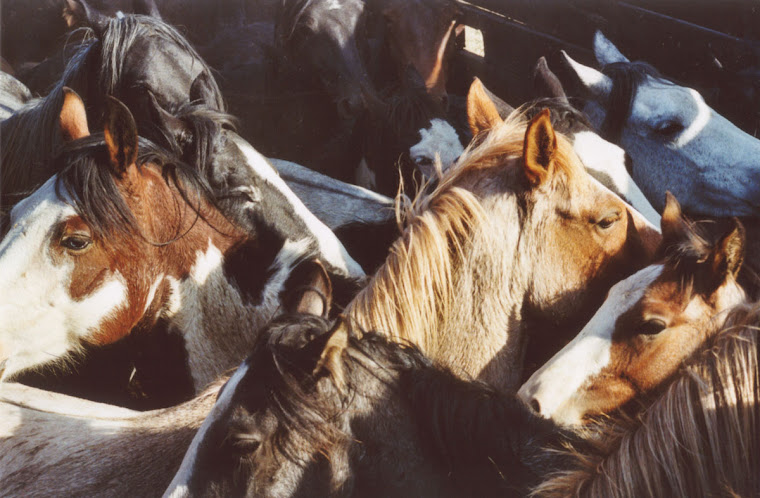
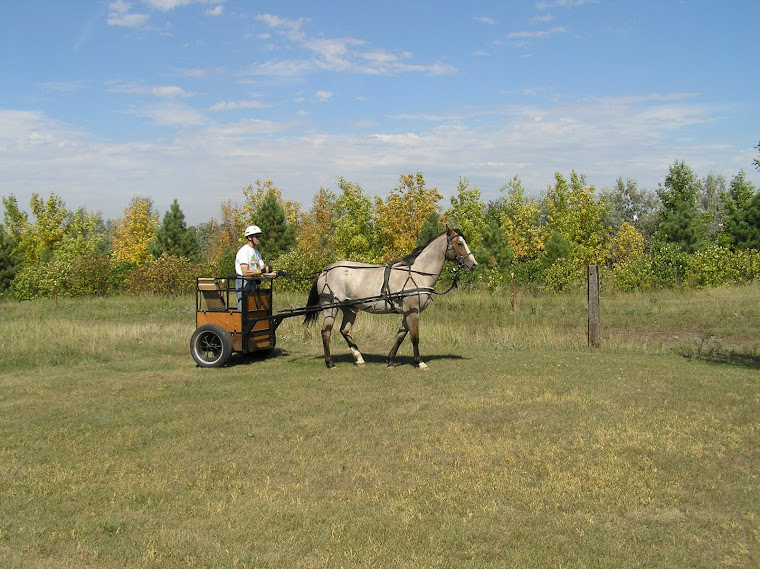
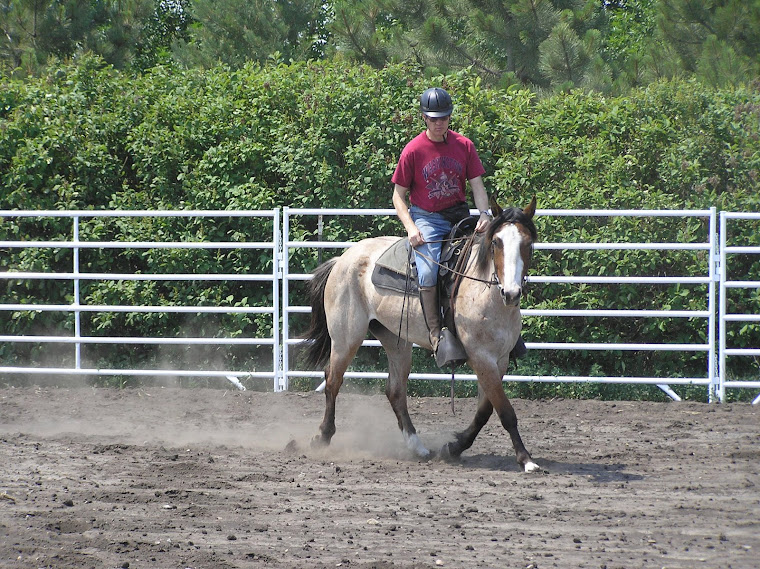

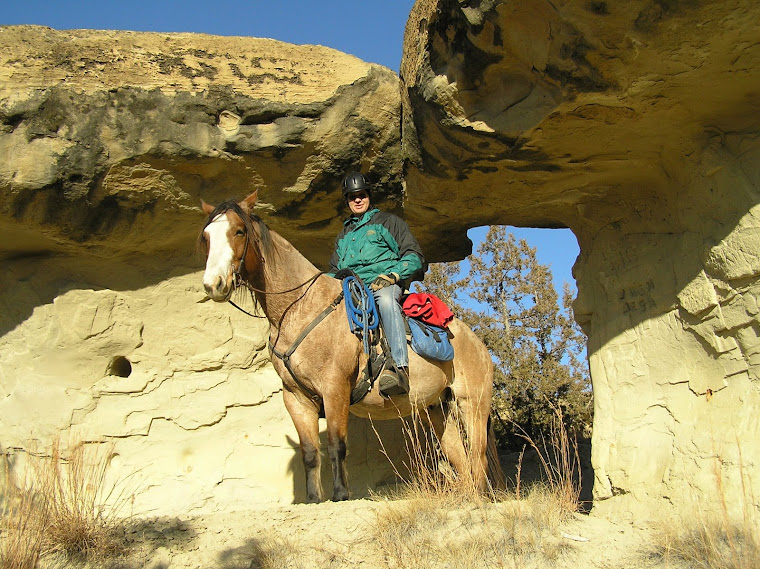



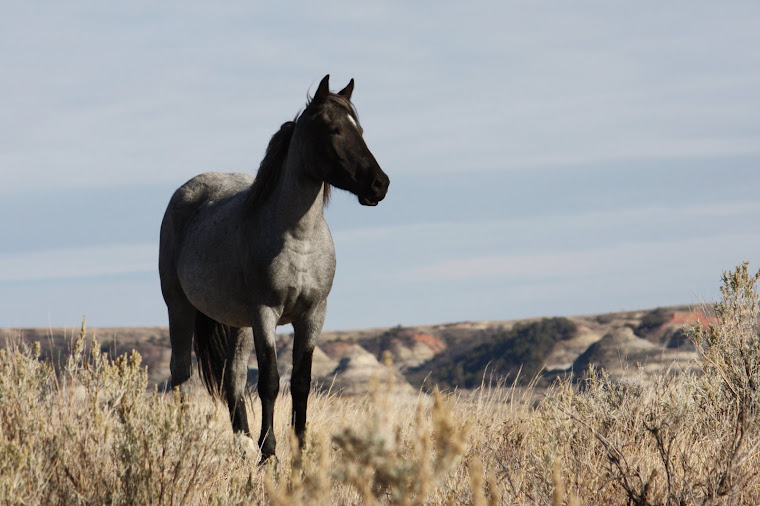


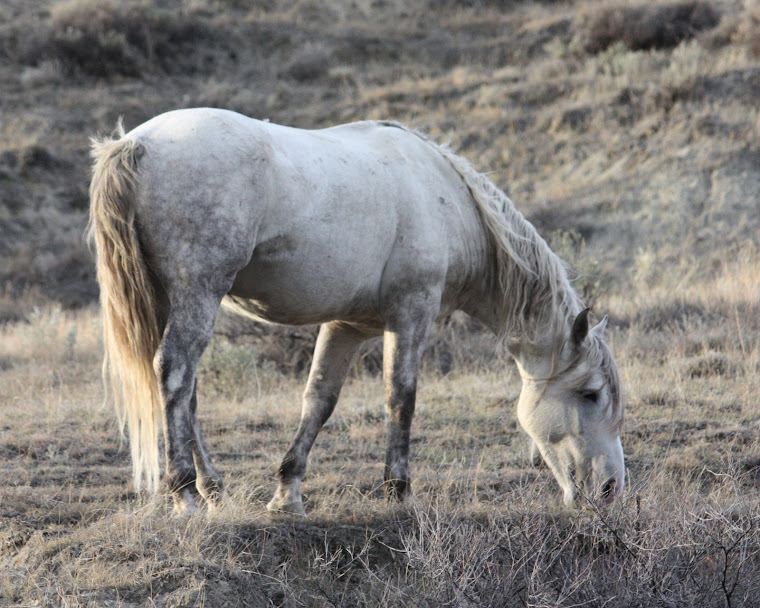
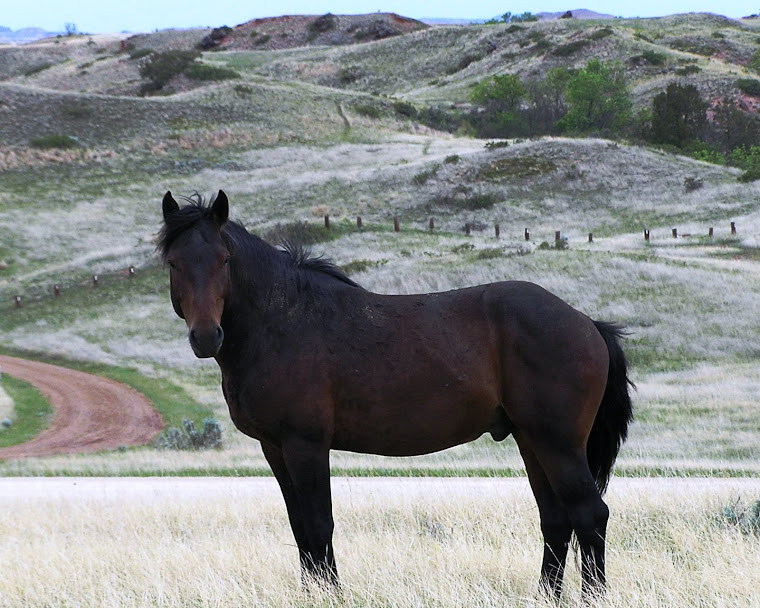

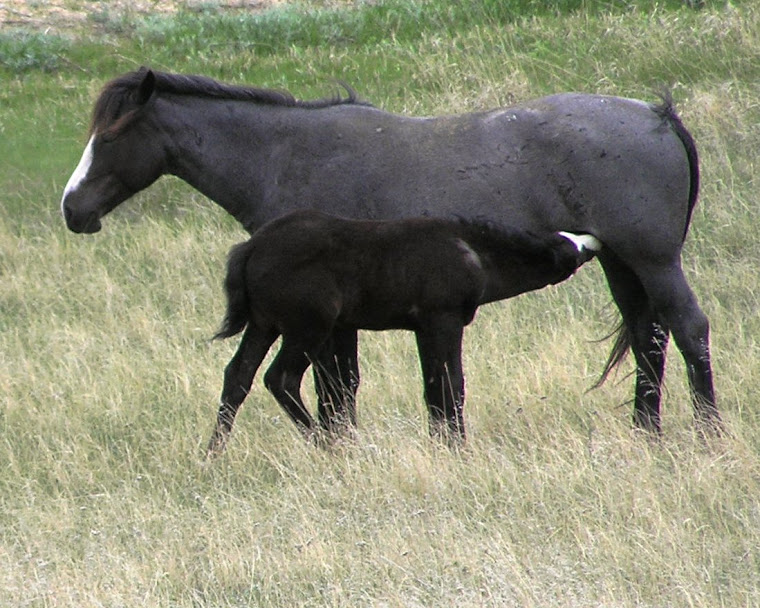

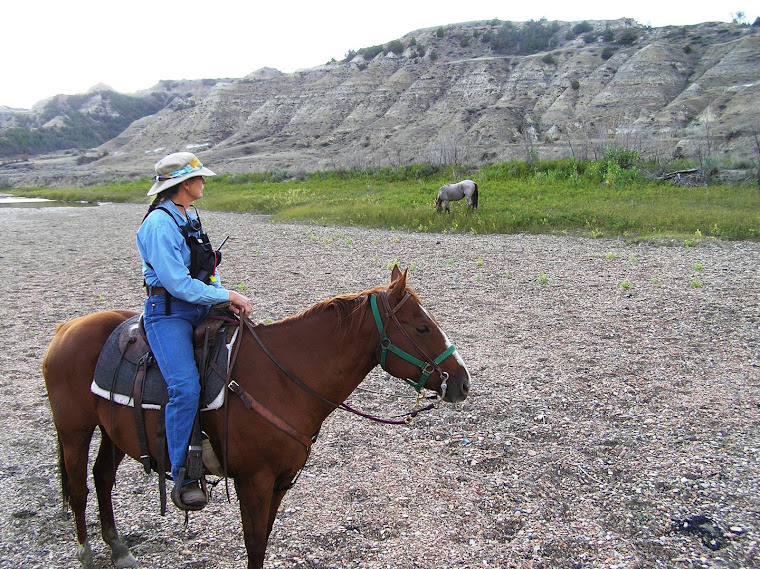
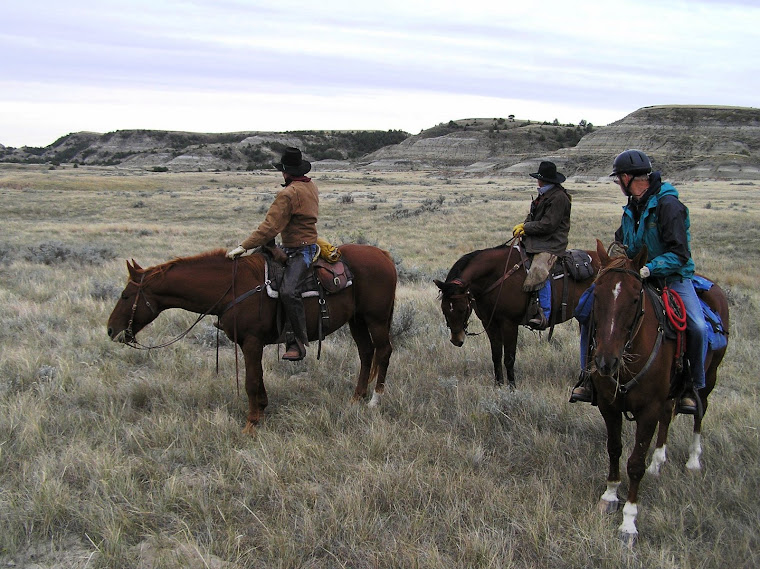
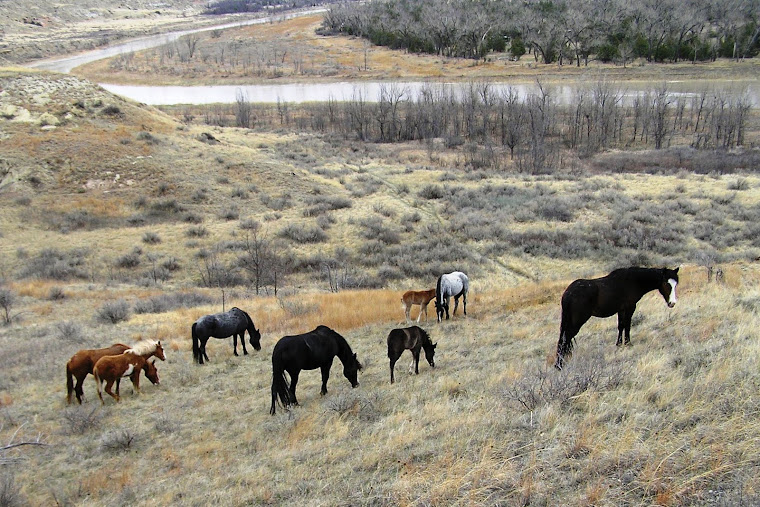
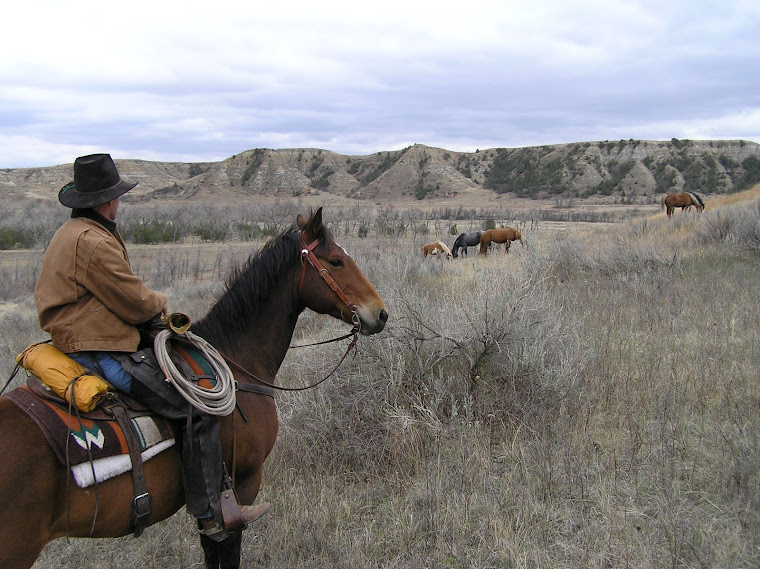

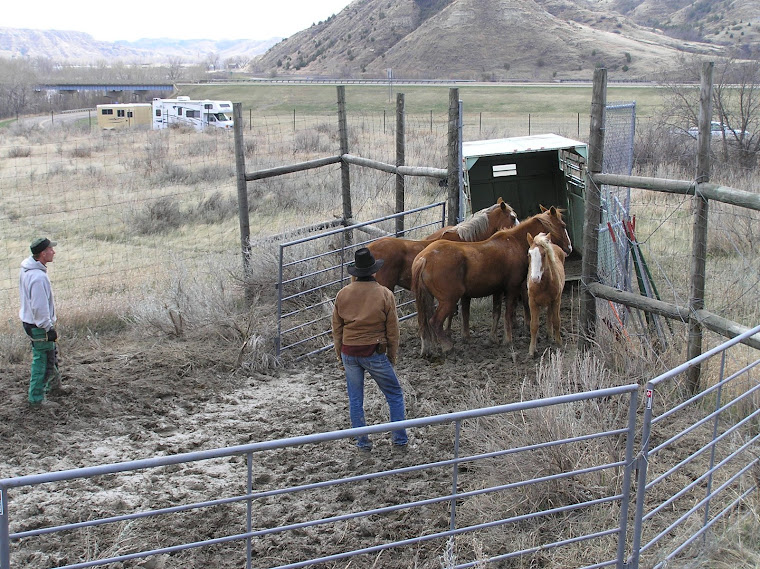
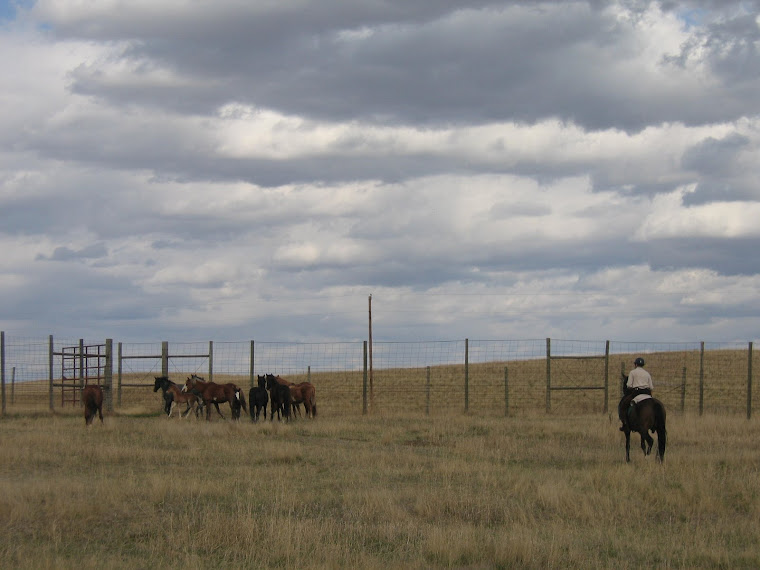
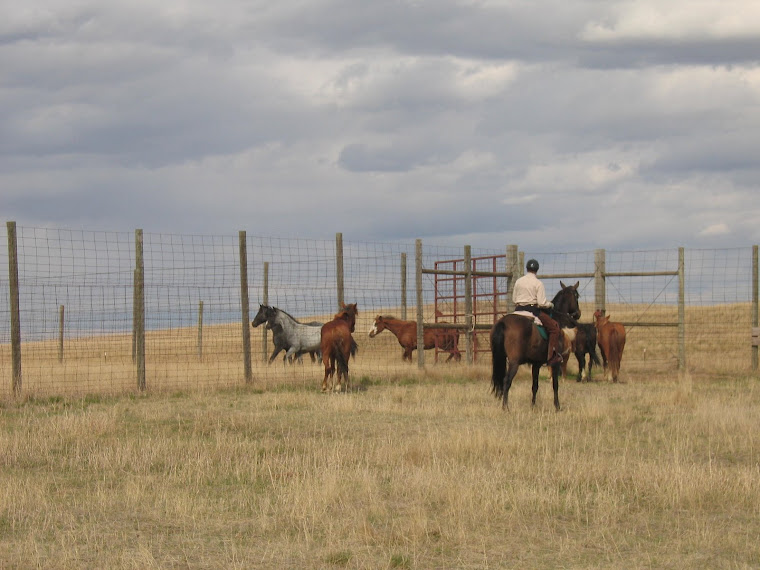
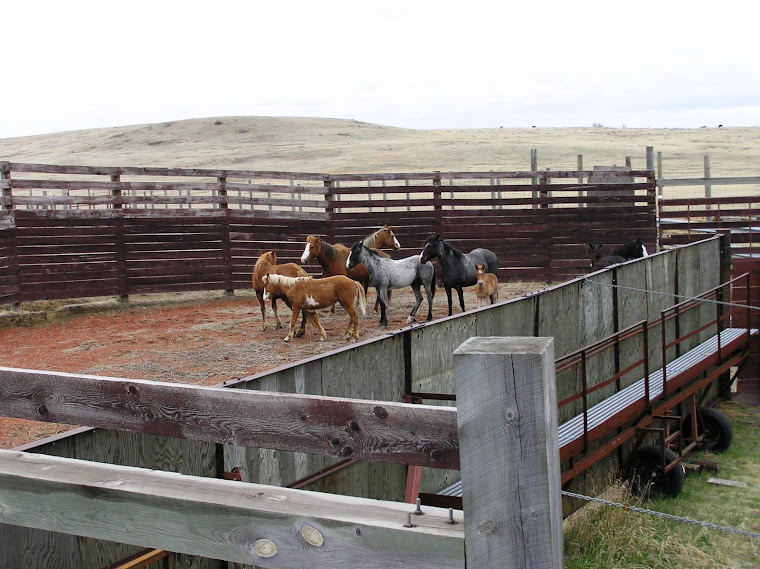


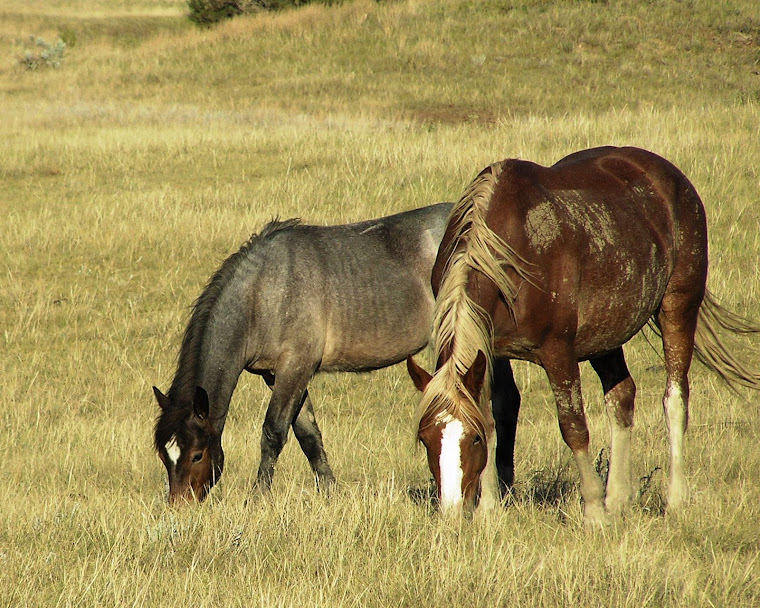

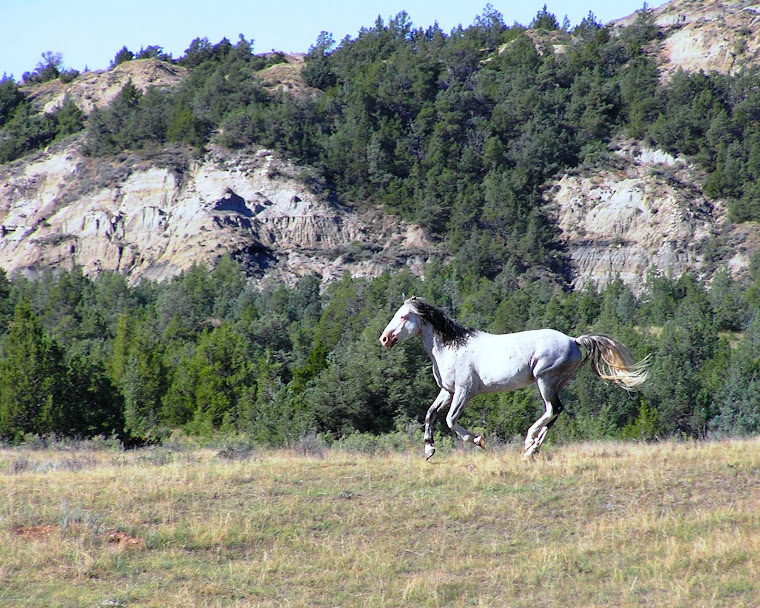
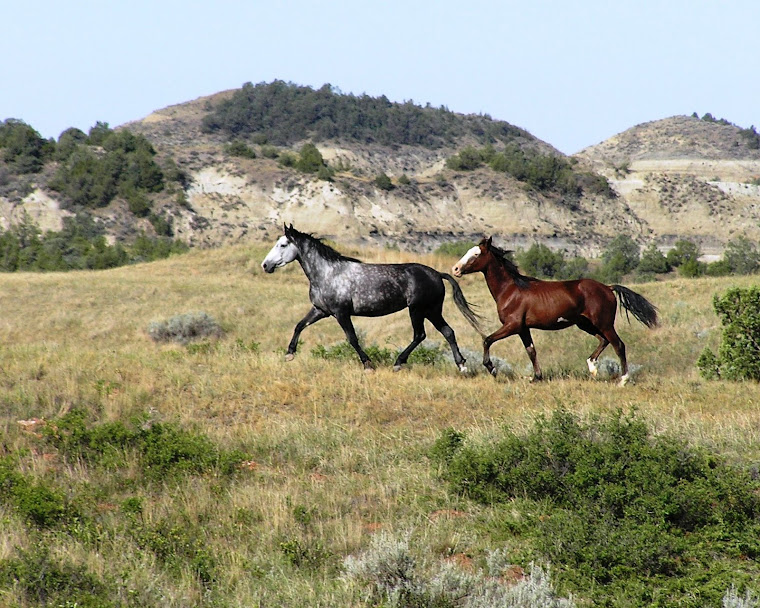
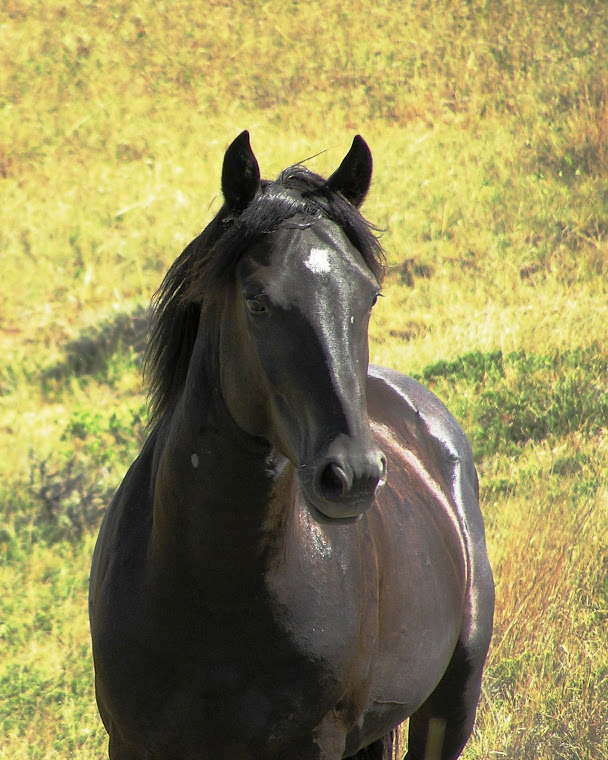

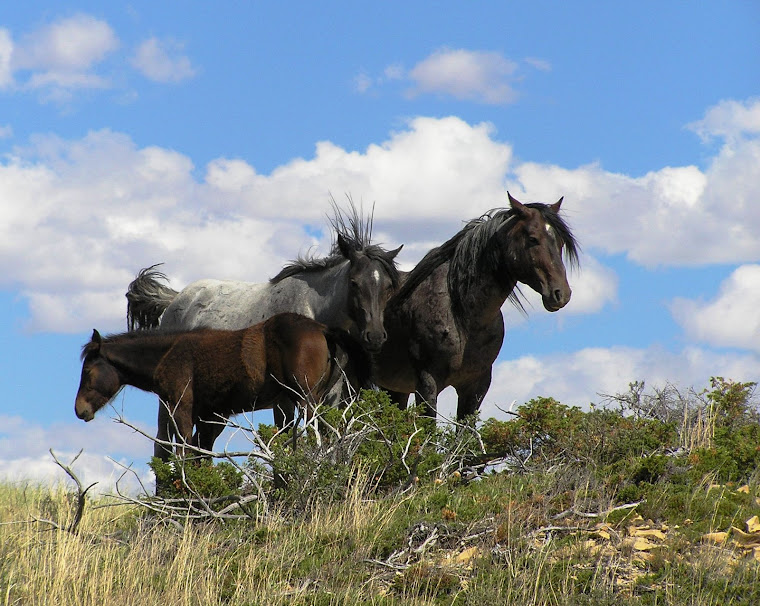



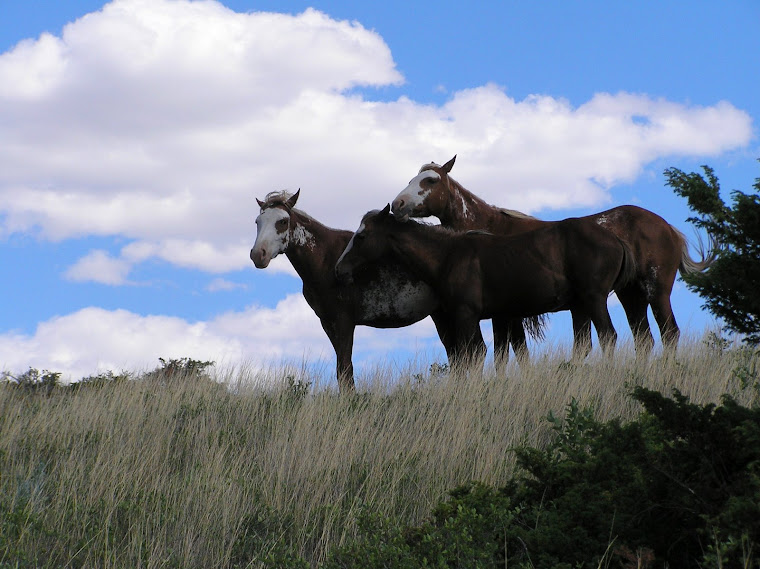


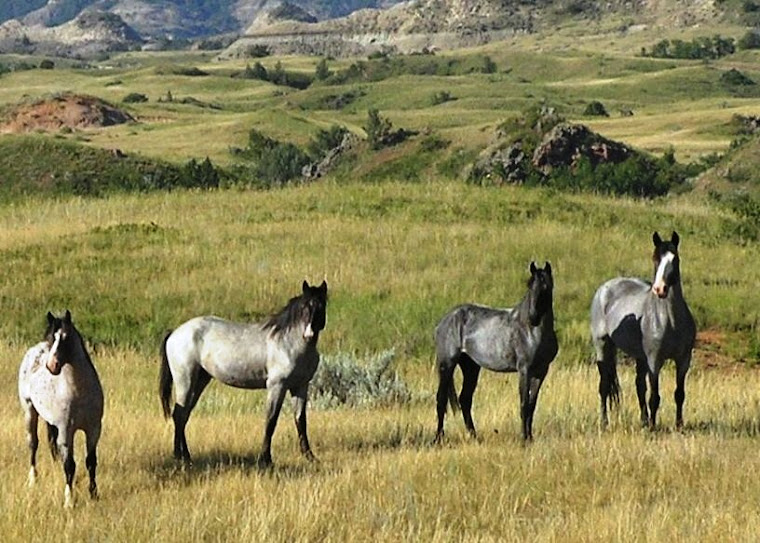
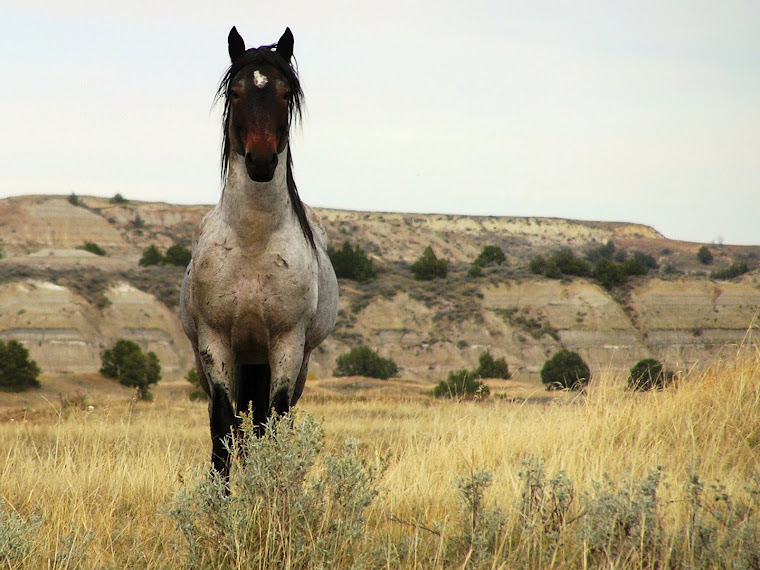
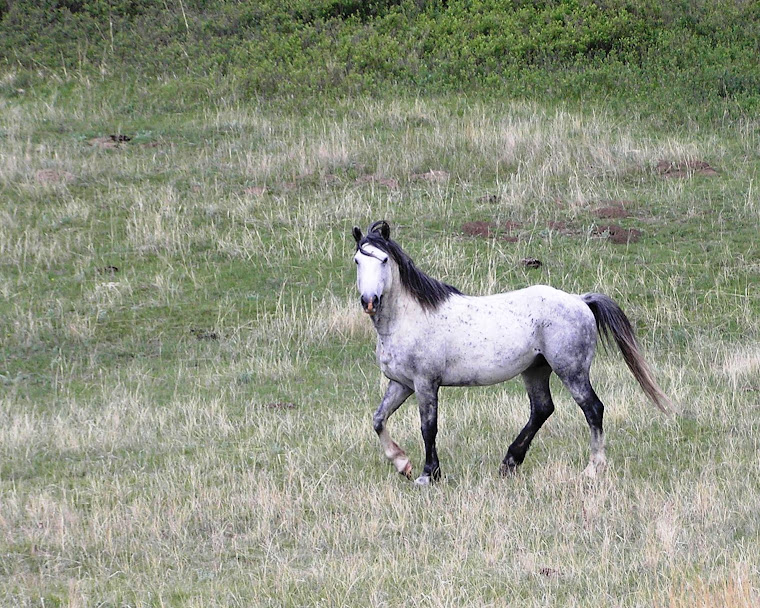

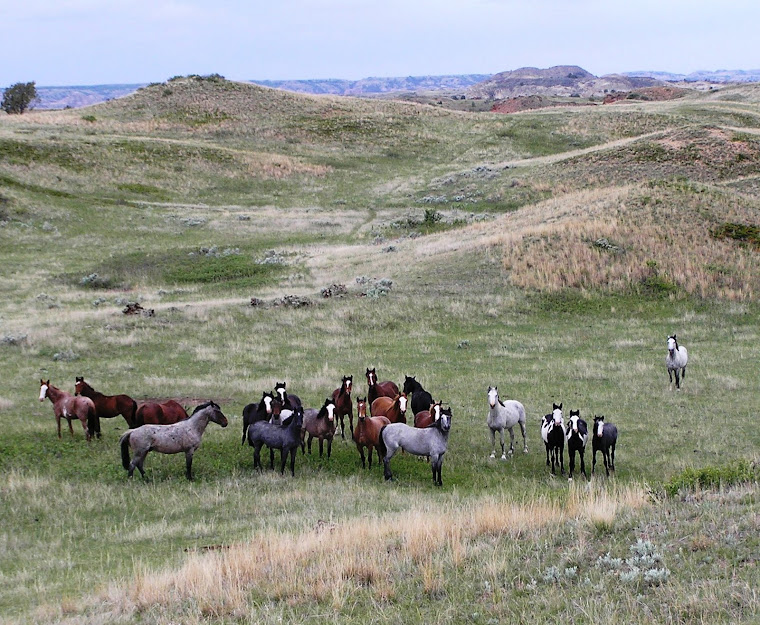
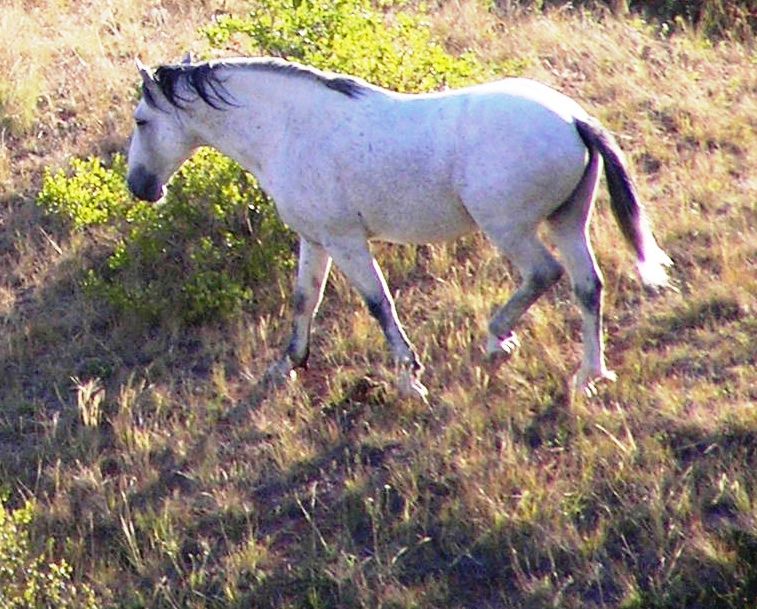
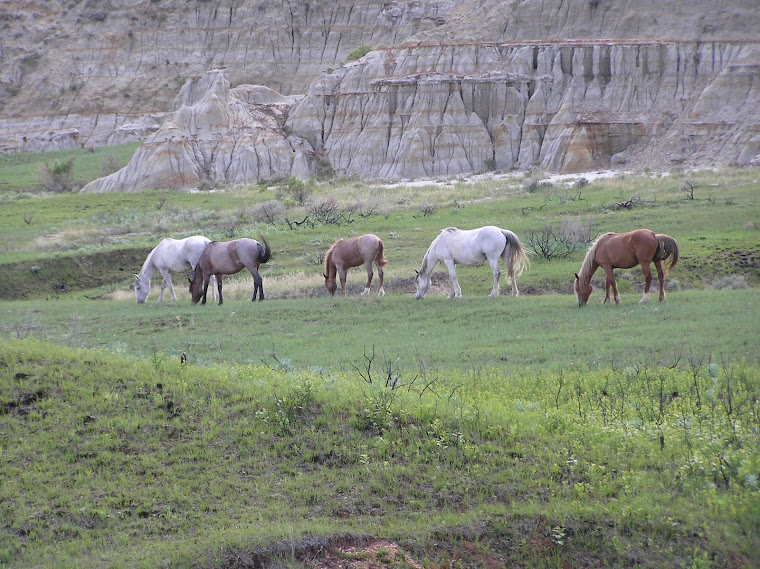
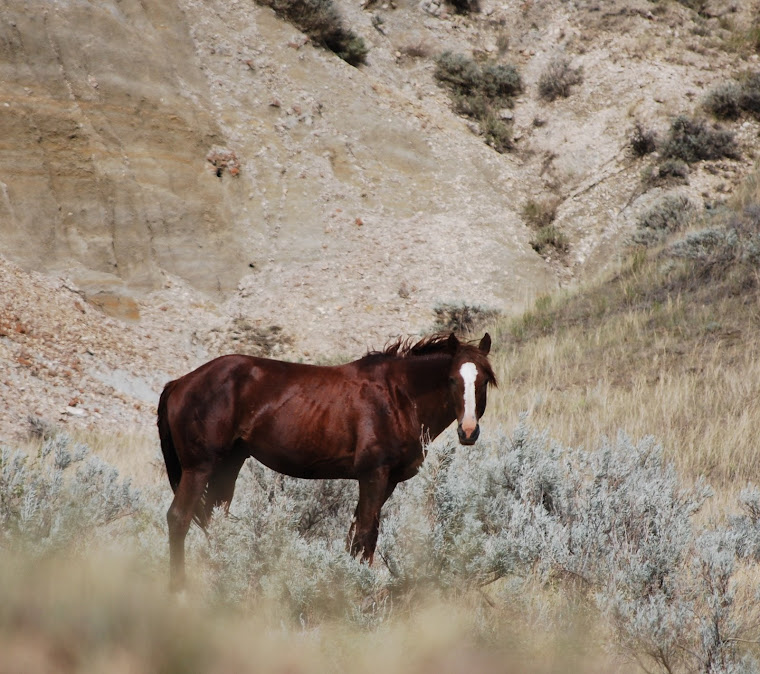

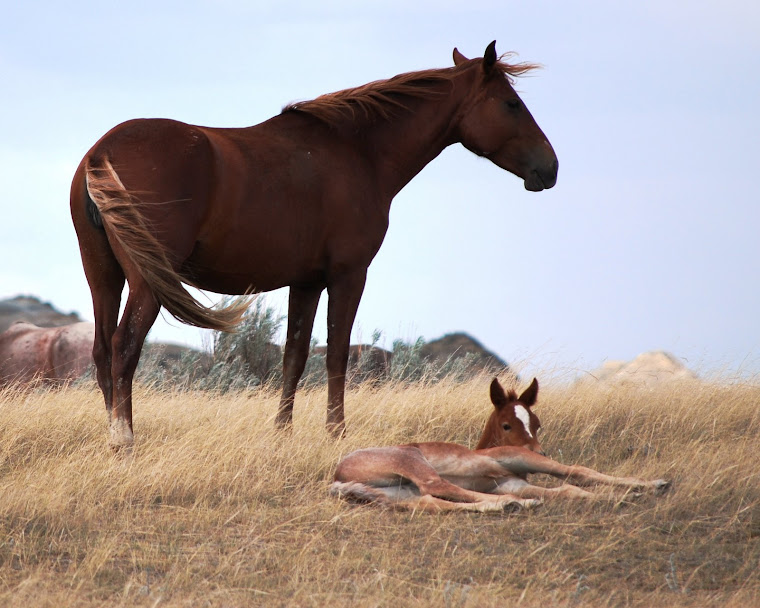
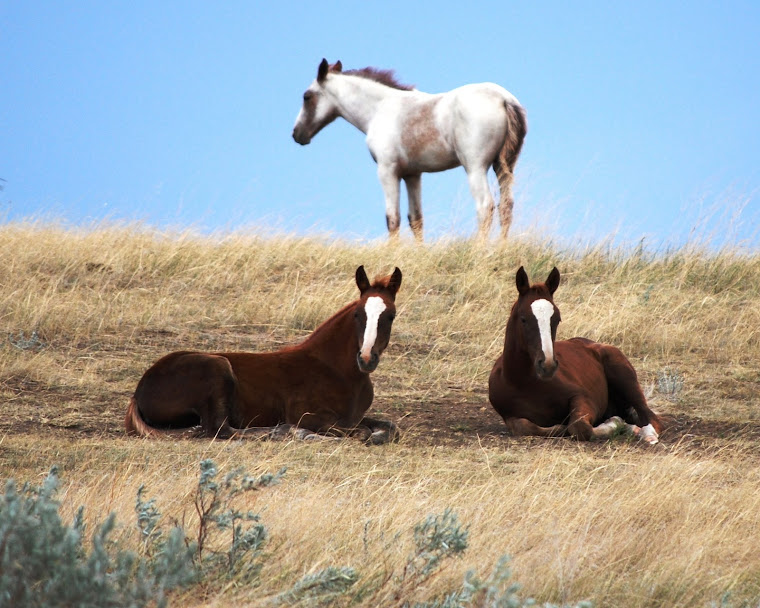
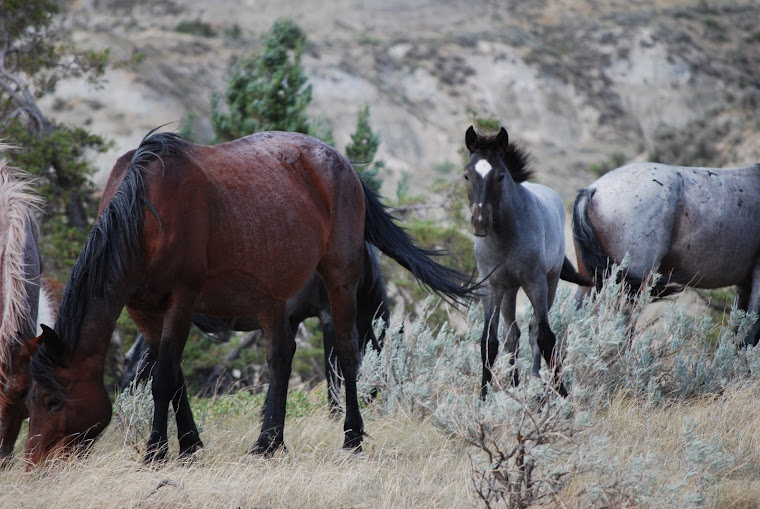

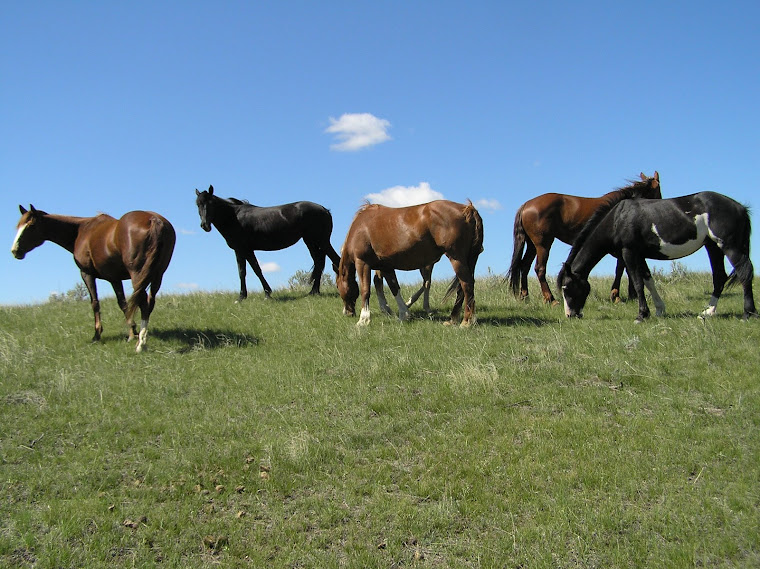
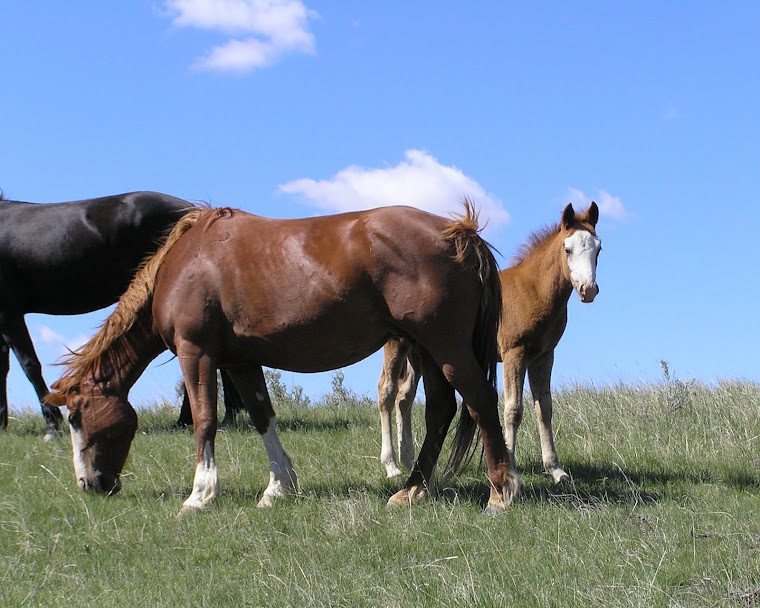

No comments:
Post a Comment